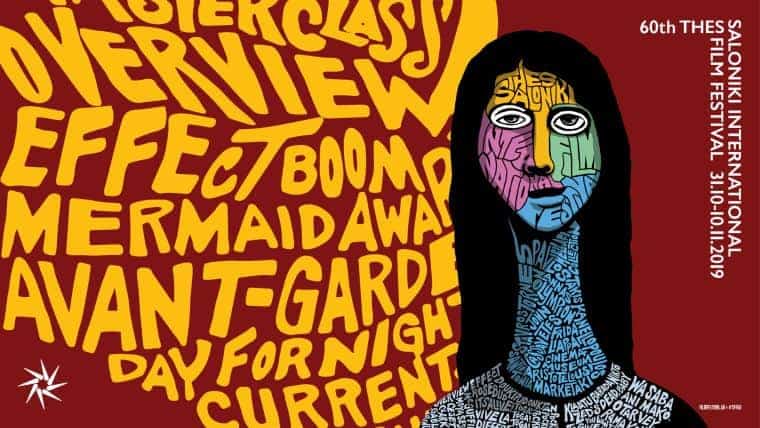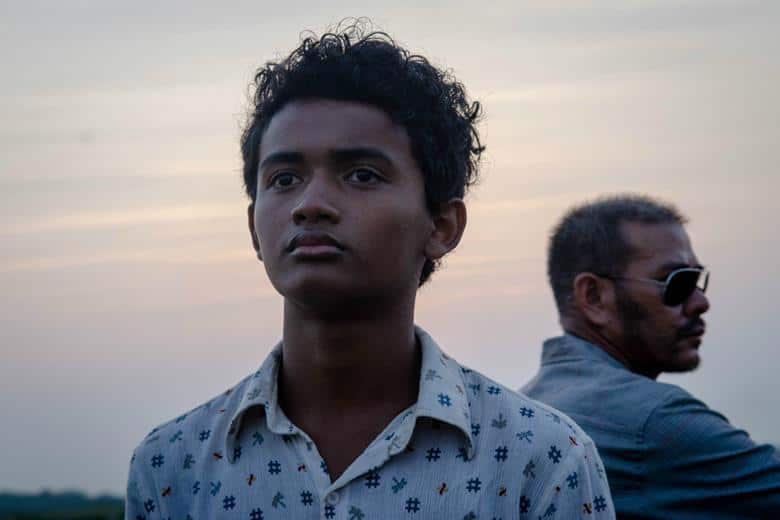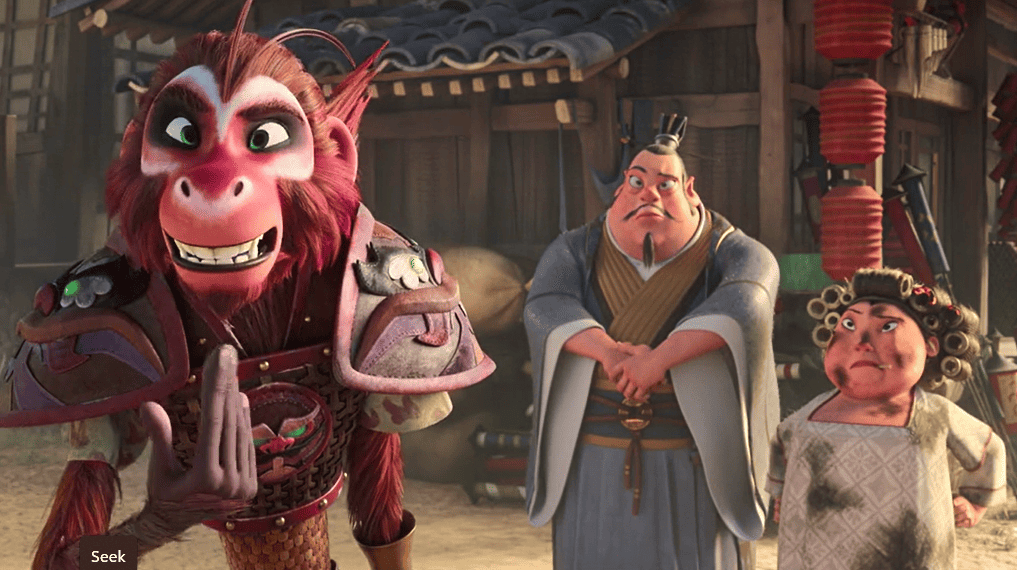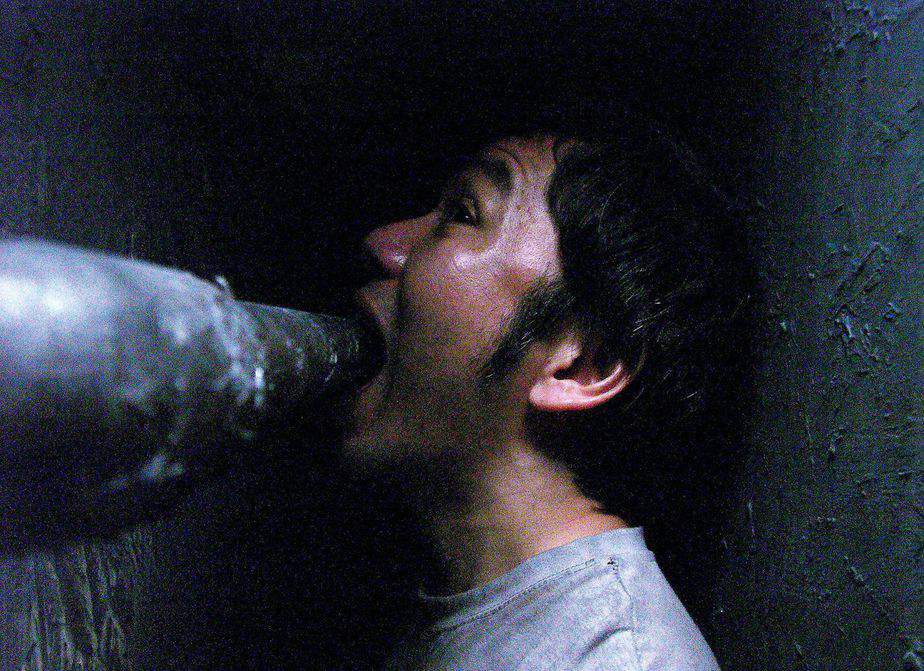Winner of the Panorama Prize from the Ecumenical Jury in Berlinale, “Buoyancy” is one of the most thorough and dramatic depictions of the forced labor cycle (slave trade in essence) we have seen on cinema, and a great debut for Australian Rodd Rathjen.
“Buoyancy” is screening at the 60th Thessaloniki International Film Festival

The protagonist of the story is Chakra, a 14-year-old boy who works in the Cambodian rice fields with the rest of the members of his rather large family. His future seems predetermined, but the fights with his father (“why did you had to have so many children?” he asks at one point) and a suggestion of a friend from football, of the possibility of earning money in the factories of Thailand, convince the boy that he has to escape. His dreams for a better life, however, are quickly shattered. As he has no money to pay the people who move them to Thailand, he soon finds himself in a fishing ship in Bangkok, working under hellish circumstances, where violence, torture, and murder seem to be everywhere and the prospects of being paid rather thin. Furthermore, he soon realizes that his only friend and protector of sorts may have an even worse fate than he may. His hopelessness is what eventually changes him to the core.
Rodd Rathjen pulls no punches in the depiction of the concept of modern slavery, in a film that frequently switches from documentary-like detail to a mainstream narrative, a tactic that actually benefits the entertaining aspect of the film the most. In that fashion, the brutality and complete lack of any kind of respect for human life give their place to a rather thorough presentation of the concept of “When you dance with the devil, the devil doesn't change. The devil changes you”. Through this combination, Rathjen manages to present not just the awful fate of the people who end up working in these conditions, but also the way the “system” produces slave traders, and the process that ends up stripping people from their humanity completely.

The three protagonists of the film embody the aforementioned concepts. Newcomer Sarm Heng is quite convincing as Chakra in his radical change, managing to present a number of psychological statuses and mind frames in eloquent but also laconic fashion, presenting, in essence, the “one who dances with the devil”. Thanawut Kasro as Rom Ran, the captain of the ship and the “devil” is excellent as the embodiment of evil, in an almost inhuman fashion, with his sole shred of humanity being the fact that he sees something if himself in Chakra. Mony Ros as Kea is also quite good as the embodiment of the hardships these modern day slaves have to face, in a life that offers neither solace neither any kind of hope. The way Chakra seems to consider him his protector and his continuous failures in playing that role form one of the most impactful elements of the film.
The sole fault I found in the narrative is that the ending could be a bit more impactful if it was more realistic, but Rathjen seemed to have decided to go for impression rather than impact, although in essence, this choice fits the narrative.

Michael Latham's cinematography is one of the best assets of the film. The way he focuses his frames on the shoulder blades of the protagonist, as if to indicate the burden he is carrying, the presentation of the nightmarish setting of the boat, and the few “interruptions” through images of the sea, is artful, detailed, and realistic at the same time. Graeme Pereira's editing induces the film with a medium pace that fits the combination of its aesthetics quite nicely.
“Buyonacy” is a great debut and a very interesting and entertaining film that proves that Rodd Rathjen has a bright future ahead of him.















